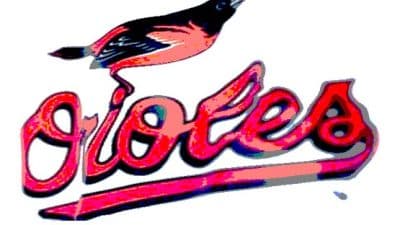
Have you ever read a fascinating article and then suddenly realize that this is not just an article, but an advertising message? If you have, then you likely came across native ads. Today, we invite you to study in detail what native advertising is and how to use it properly.
Features of native ads
Native advertising is a branded content in an editorial format focused on the educational, informative, and media value to the audience. This ad does not look like a regular ad, so it causes less rejection from readers and helps to avoid banner blindness.
It is crucial to understand that native ads are not a product demo. They have no product offers, no benefits, and no BOGO bait. In fact, the native looks like a message on behalf of the brand, and the average user does not always understand that the material is sponsored.
The potential for this kind of advertising is huge. According to research by IPG & Sharethrough, this format is perceived 53% better than banner ads, and 32% of people are ready to share sponsored content. It means that native advertising can compete with other copyrighted content of the website. Moreover, it has plenty of useful features:
- matches the style of the website;
- fits other organic content;
- meets the expectations of the audience;
- does not disrupt the process of content consumption;
- does not impose or convince;
- creates a positive connection with the advertiser.
Types of native ads
Experts in this area propose to classify native ads by the following types:
- In-feed — sponsored posts on Facebook and Instagram, advertised posts on Twitter or videos on TikTok. It is usually normal editorial content, only marked with an advertising tag.
- Recommendations — have you ever noticed sponsored content in your recommendation section? Usually, it is located in the “Read also” section, where branded materials are placed among other content that meets your tastes and preferences.
- Branded content — paid content published in the form of an article that is sponsored and includes hidden ads. It can also be infographics, videos, a series of photos, and so on.
Problems with native advertising
There is a reason why people hate and dislike ads: they are misleading and make you feel cheated. Because of this, native advertising has become the subject of numerous angry tirades. For example, John Oliver noted in his Last Week Tonight show that even if native ads are clearly labeled as advertisements, it doesn’t mean they are trustworthy.
Don’t cheat or make people angry — these words refer to the trust between the publisher and his audience. If a brand uses tricks to make money quickly, readers can get angry. Of course, there is no universal recipe for how to make a native for every type of business. But one thing is clear — to give the audience positive emotions, make an effort to create the highest quality and interesting content. Good luck!










